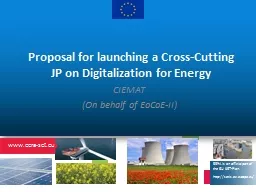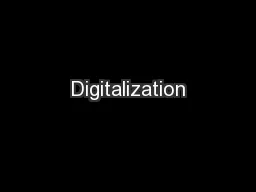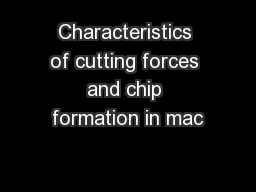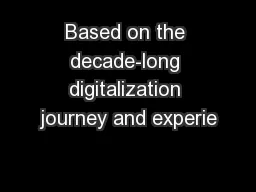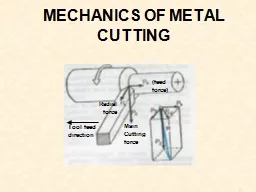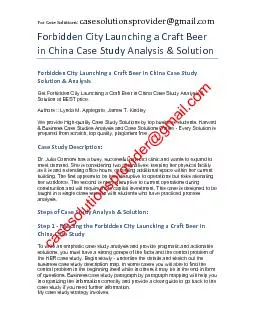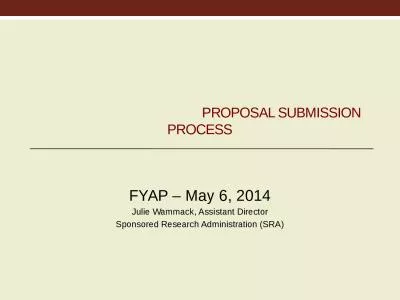PPT-Proposal for launching a Cross-Cutting JP on Digitalization for Energy
Author : jocelyn | Published Date : 2022-07-27
CIEMAT On behalf of EoCoE II Context 2019 Summer Strategic Meeting in Espoo final report SSM Report Topic 2 Crosscutting topics Suggested actions 21 Leverage
Presentation Embed Code
Download Presentation
Download Presentation The PPT/PDF document "Proposal for launching a Cross-Cutting J..." is the property of its rightful owner. Permission is granted to download and print the materials on this website for personal, non-commercial use only, and to display it on your personal computer provided you do not modify the materials and that you retain all copyright notices contained in the materials. By downloading content from our website, you accept the terms of this agreement.
Proposal for launching a Cross-Cutting JP on Digitalization for Energy: Transcript
Download Rules Of Document
"Proposal for launching a Cross-Cutting JP on Digitalization for Energy"The content belongs to its owner. You may download and print it for personal use, without modification, and keep all copyright notices. By downloading, you agree to these terms.
Related Documents

